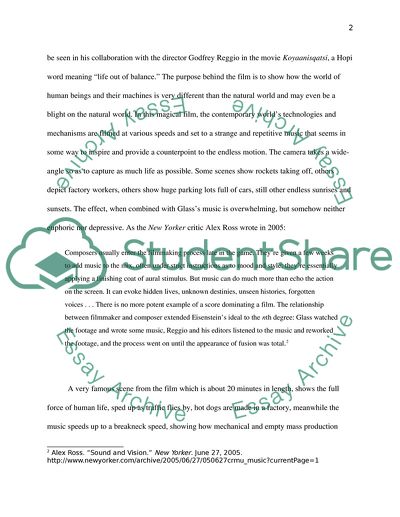20th Centry Music history Essay Example | Topics and Well Written Essays - 750 words. Retrieved from https://studentshare.org/miscellaneous/1550142-20th-centry-music-history
20th Centry Music History Essay Example | Topics and Well Written Essays - 750 Words. https://studentshare.org/miscellaneous/1550142-20th-centry-music-history.


